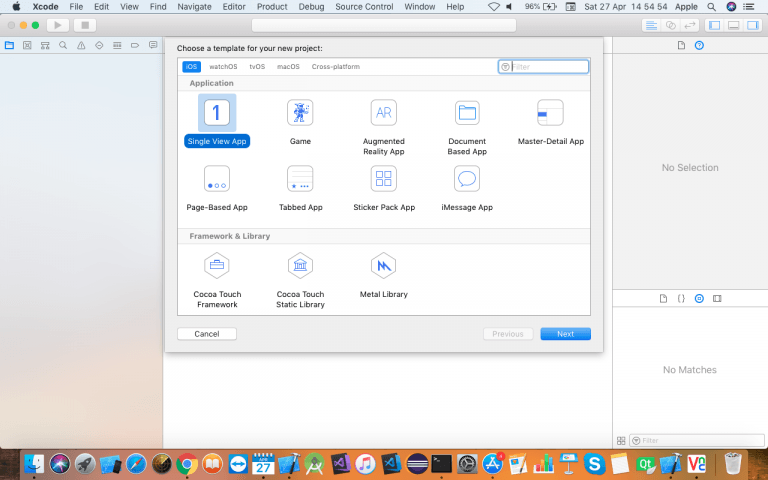

Make sure Homebrew has the latest version of the Node package.In order to update Node and NPM, you can use Homebrew to update these two: To see if NPM is installed, type in npm -vTerminal. To see if Node is installed, type in node -v Terminal. Go to download and install node package. Open a terminal window and run below command to install brew:Shell 1Ĭlose all terminal windows and reopen a terminal window and check the Android home by typing below command:Shell 1 Open a terminal and type “sdkmanager –list”.Īnd type “uiautomatorviewer” to check uiautomatorviewer is working properly. Then, run below commands to verify the settings:Īfter that, check your settings and installations. Then, paste below commands: ( Change your user name! Not use my username “onur”).Shell 1Įxport ANDROID_HOME=/Users/onur/Library/Android/sdkĮxport PATH=$ANDROID_HOME/platform-tools:$PATHĮxport PATH=$ANDROID_HOME/tools:$PATHexport PATH=$ANDROID_HOME/tools/bin:$PATH When u open and select the default settings, Android Studio will start to download the required libraries as shown below.ĭo below settings in.The Android Studio Setup Wizard guides you through the rest of the setup, which includes downloading Android SDK components that are required for development.Select whether you want to import previous Android Studio settings, then click OK.Drag and drop Android Studio into the Applications folder, then launch Android Studio.To install Android Studio on your Mac, proceed as follows:
INSTALL APPIUM FOR MAC FOR MAC
You need to go to the below address, download Android Studio for Mac and do the followings as stated below.
INSTALL APPIUM FOR MAC MAC OS
If you have MAC OS 10.5 or newer you can just use below command:Shell 12Įxport JAVA_HOME=$(/usr/libexec/java_home)export PATH=$JAVA_HOME/bin:$PATH

Open a new terminal and run below command:.Then, do the (ctrl-x, ctrl-s ctrl-x, ctrl-c) to save and exit emacs.JAVA_HOME=/Library/Java/JavaVirtualMachines/jdk1.8.0_192.jdk/Contents/Home.If you want it to persist always for all sessions, you need to add the command to your ~/.profile file. Note that this sets JAVA_HOME only for a session.

Then, run below command to check your JAVA HOME.Shell 1 Then set JAVA HOME on your Mac as shown below:Shell 1Įxport JAVA_HOME=/Library/Java/JavaVirtualMachines/jdk1.8.0_192.jdk/Contents/Home Library/Java/JavaVirtualMachines/jdk1.8.0_192.jdk/Contents/Home You should go to the below link and install JAVA JDK for MAC OS.Īfter installation check below path to find JAVA HOME, for my version it is as shown below.


 0 kommentar(er)
0 kommentar(er)
